Gypsophila Seeds
- Brand: Plantozia
₹35.00₹100.00 (-65%)
Out of stock
Packet contain: 1-Pack Seeds
Sowing season: Throughout the year
Mode of showing: Show the seeds 0.5 cm deep in a seeding tray / container / pots. Transplant in 50-60 days
Germination Time: 7 to 14 days from showing
Harvesting: Gypsophila Seeds 50-60 days after transplanting.
SKU:
PLGS114
Categories: Plantozia, All Season Flower Seeds, Easy to Grow Seeds, Flower Seeds, New Arrivals, Offers, Rainy Season Flower Seeds, Seeds, Summer Season Flower Seeds, Winter Season Flower Seeds
Tags: Annual Baby’s breath, Baby’s breath, Chandni
Brand: Plantozia
GYPSOPHILA SEEDS GERMINATION PROCESS
Soaking Seeds in the water For Better Results :
Initiate the germination process of Gypsophila Seeds by soaking them in water for 5-6 hours. This step aids in softening the seed coat, allowing for enhanced water absorption and promoting quicker germination. Optimal hydration sets the stage for robust seedling emergence, ensuring successful growth in the Indian climate.
Soil:
Plant the soaked Gypsophila seeds in well-draining soil. Choose a potting mix rich in organic matter, providing a loose and airy medium for root development. Gypsophila thrives in slightly alkaline soil with good drainage, mimicking its natural habitat for optimal growth.
Do not Overwater:
Exercise caution with watering to avoid overwatering Gypsophila seeds. While they require consistent moisture, excessive water can lead to rot and fungal diseases. Water the soil lightly and evenly, allowing it to dry slightly between waterings. This delicate balance ensures proper germination and prevents waterlogged conditions.
After 2-3 Months Enjoy Your Flower :
Exercise patience as you nurture your Gypsophila seeds. After 2-3 months of attentive care, you’ll be rewarded with the delicate blooms of Gypsophila flowers. Enjoy the ethereal beauty they bring to your Indian garden or pots, adding a touch of elegance and charm to your landscape.
GYPSOPHILA SEEDS SPECIFICATION
| Common Name | Chandni, Baby’s breath, Annual Baby’s breath |
| Height | Up to 45-60 Centimetre |
| Harvesting Time | 50-60 Days |
| Bloom Time | Throughout the year. |
| Difficulty Level | Easy to grow |
GROWING BALSAM MIXED PLANTS IN POTS :
1. Optimal Planting Time
In India, the best time to plant Gypsophila (Baby’s Breath) seeds is during the cooler months, from October to February. These months provide favorable temperatures for seed germination and early growth, avoiding the extreme heat of the summer which can be detrimental to young plants.
2. Sunlight Requirements
Gypsophila thrives in full sunlight. Place the pots in a location that receives at least 6-8 hours of direct sunlight daily. Adequate sunlight is crucial for healthy growth and abundant flowering. If the plants receive too little sunlight, they may become leggy and produce fewer flowers.
3. Soil and Pot Selection
Use a well-draining potting mix that is slightly alkaline. A sandy or loamy soil mix with good drainage properties is ideal. Ensure the pot has sufficient drainage holes to prevent waterlogging. A pot with a depth of at least 12 inches is recommended to accommodate the root system and support the plant’s growth.
4. Watering Guidelines
Gypsophila prefers moderately moist soil but can tolerate short periods of drought once established. Water the plants regularly to keep the soil slightly moist, especially during the initial growth period. Avoid overwatering, as Gypsophila is susceptible to root rot. Allow the top inch of soil to dry out between waterings. During the rainy season, ensure the pots have good drainage to prevent water accumulation.
5. Temperature and Humidity
Gypsophila prefers cooler temperatures, ideally between 15°C to 25°C. In the Indian climate, protect the plants from extreme heat by providing some shade during the hottest part of the day. High humidity levels can promote fungal diseases, so ensure good air circulation around the plants.
6. Fertilization
Fertilize Gypsophila sparingly with a balanced, water-soluble fertilizer every 4-6 weeks during the growing season. Over-fertilization can lead to excessive foliage growth with fewer flowers. Follow the manufacturer’s instructions for the correct dosage to avoid nutrient burn.
7. Pest and Disease Control
Regularly inspect the plants for common pests such as aphids and spider mites. Use organic insecticidal soap or neem oil to manage infestations. Maintain good garden hygiene by removing dead leaves and debris to prevent fungal diseases. Ensure proper spacing and good air circulation to minimize the risk of mold and mildew.
8. Pruning and Deadheading
Regularly deadhead spent flowers to encourage continuous blooming and prevent the plant from going to seed. Prune any damaged or diseased foliage to maintain plant health and aesthetics. This practice helps the plant to focus its energy on producing new flowers.
9. Mulching
Apply a thin layer of organic mulch around the base of the plants to retain soil moisture, regulate temperature, and suppress weed growth. Mulching helps maintain a stable root environment and protects the plants during temperature fluctuations.
By following these care guidelines, your Gypsophila plants can thrive in pots, adding a delicate and airy beauty to your garden or balcony in the Indian climate.
Additional information
| Weight | 0.1 kg |
|---|---|
| Dimensions | 5 × 5 × 5 cm |
Only logged in customers who have purchased this product may leave a review.



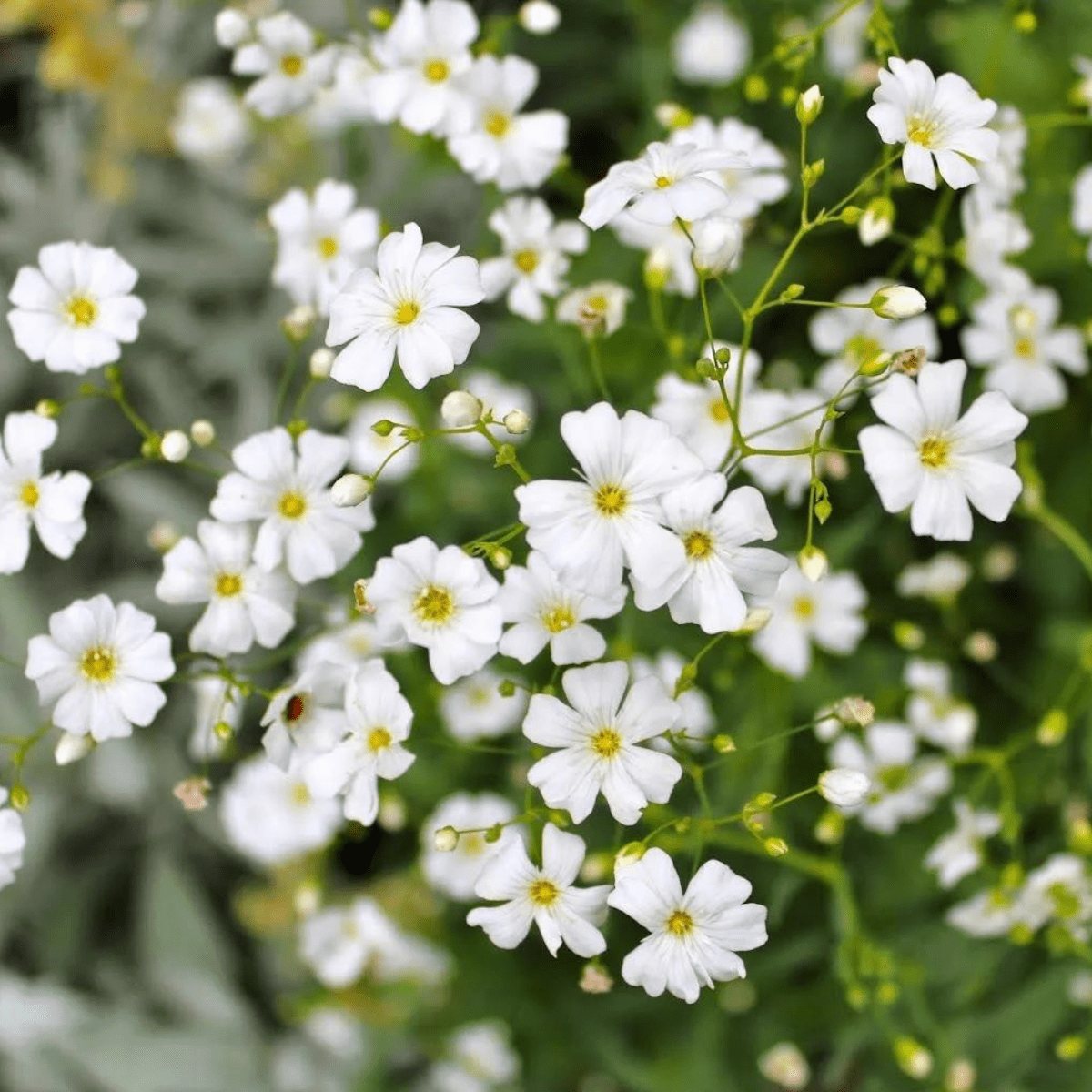
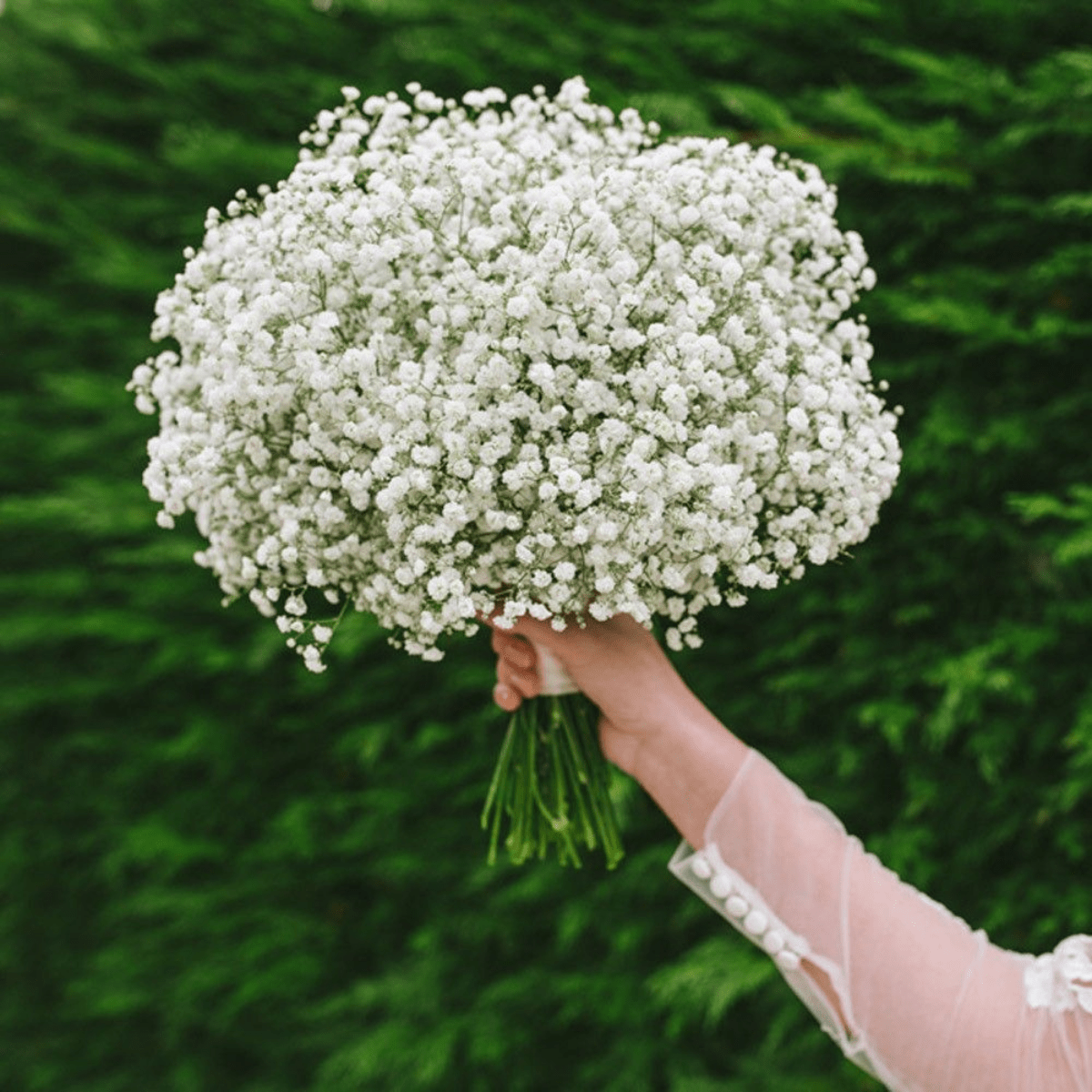


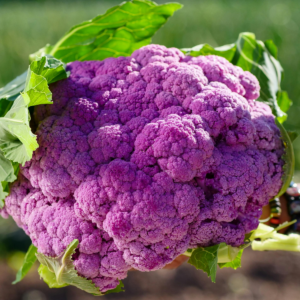

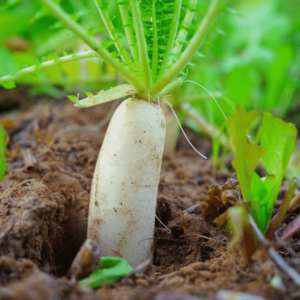
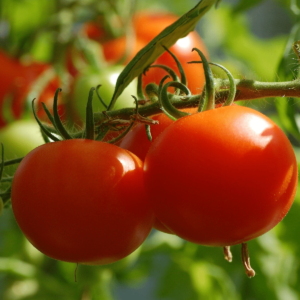



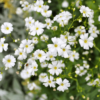
Reviews
There are no reviews yet.